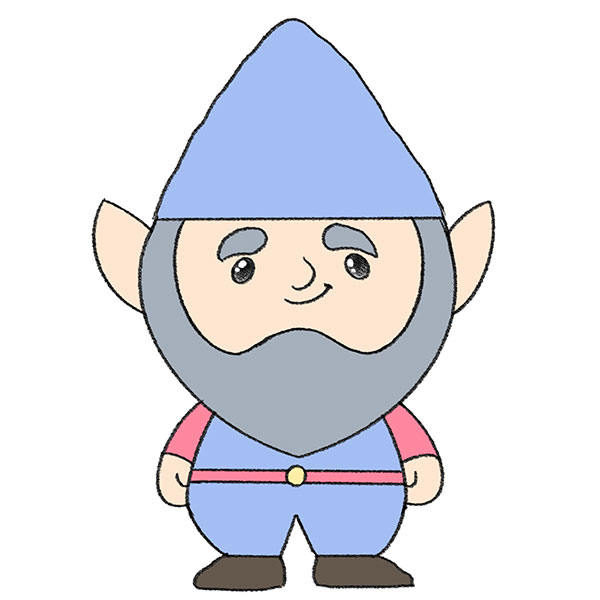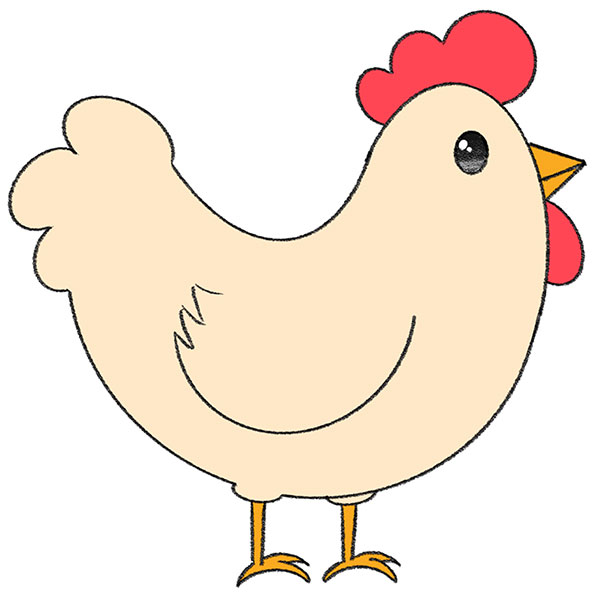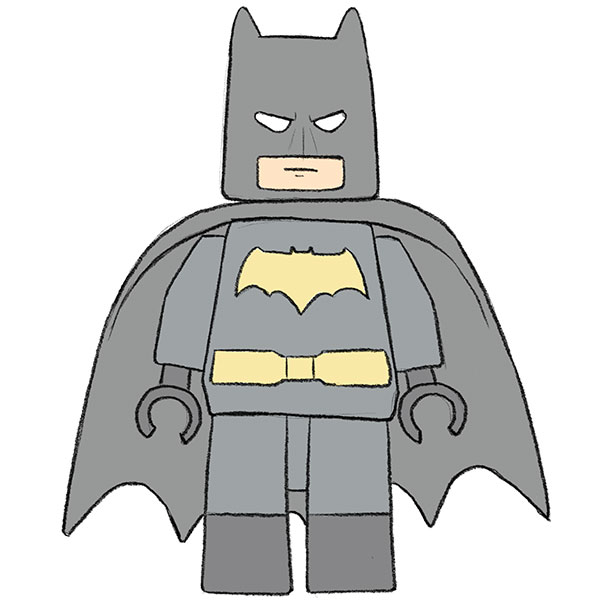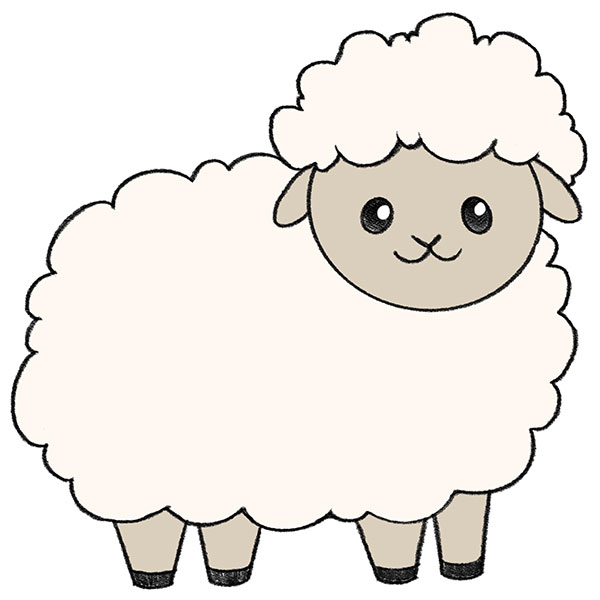How to Draw a Drummer
I have created for you a very simple and interesting tutorial on how to draw a drummer. Start the tutorial and enjoy the drawing process.
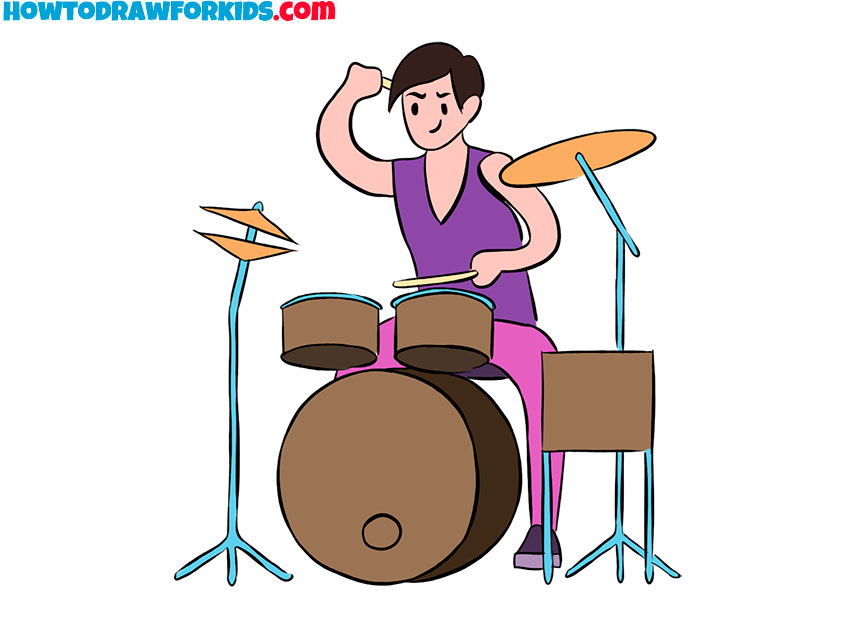
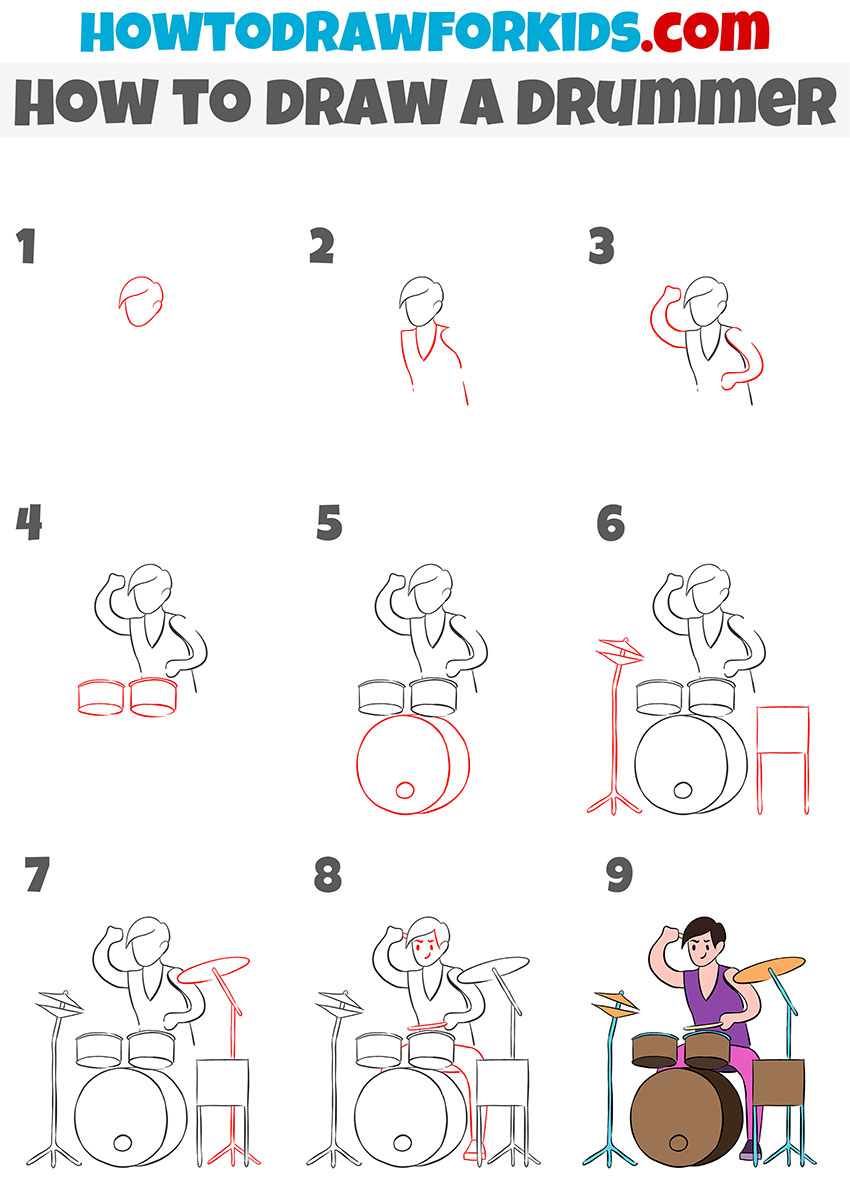
In this tutorial, I will teach you how to draw a drummer step by step. At first glance, this drawing may seem complicated to you, but you should not be intimidated by this. I created this lesson especially for children and novice artists without drawing experience. Therefore, you can easily draw a drummer if you follow these instructions.
A drummer is a musician who plays a drum or other percussion musical instrument. This lesson will be very useful for you, because in it you can practice drawing a person. The musician you draw will appear positive and passionate about his work.
If you want to get started sooner, then prepare the necessary materials for drawing and start drawing the drummer step by step.
Materials
- Pencil
- Paper
- Eraser
- Coloring supplies
Time needed: 30 minutes
How to Draw a Drummer
- Draw the outline of the person’s head.
Depict a semi-oval outline of the face, and add an ear and hair outline for the drummer.
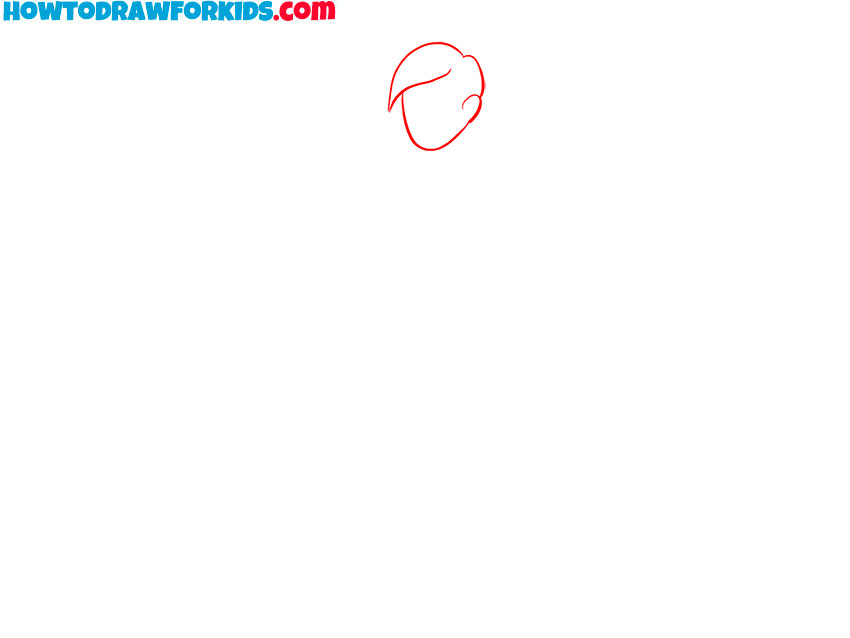
- Add part of the drummer’s torso.
Below the outline of his head, draw the outline of the musician’s neck and T-shirt.

- Depict the hands of the drummer.
One hand of the drummer is raised up, and the other is lowered down.
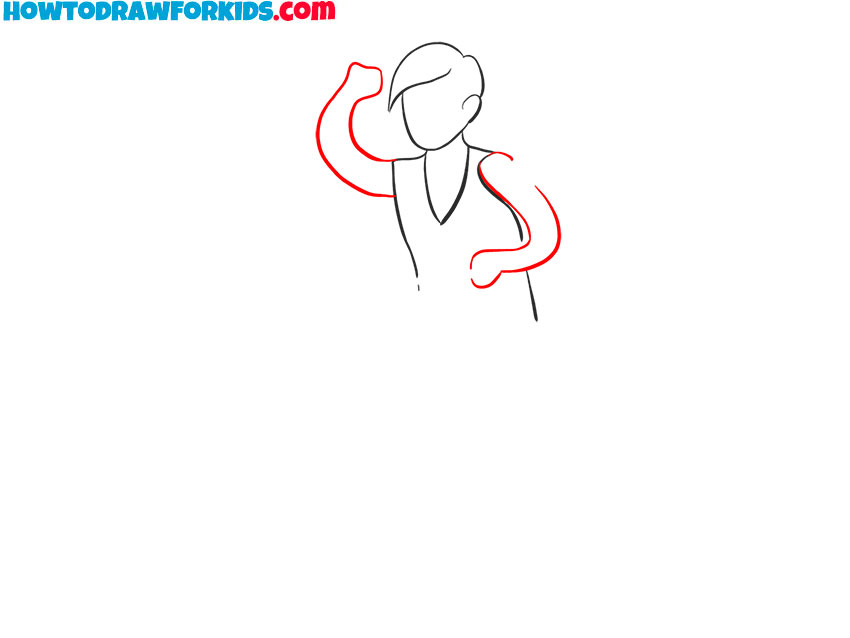
- Draw two drums.
To complete this step, draw two identical cylinders in front of the drummer.
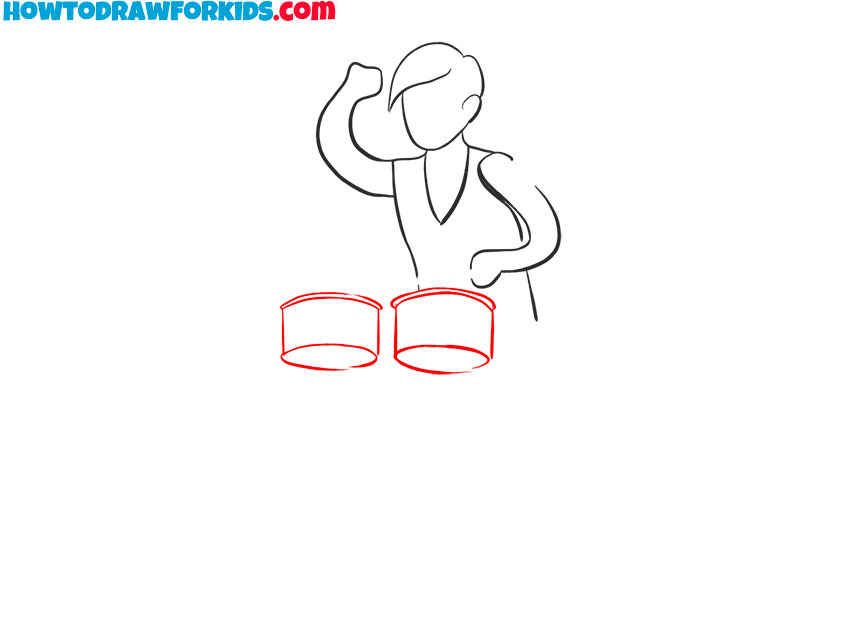
- Sketch out another drum.
Add one big drum below the previous two.
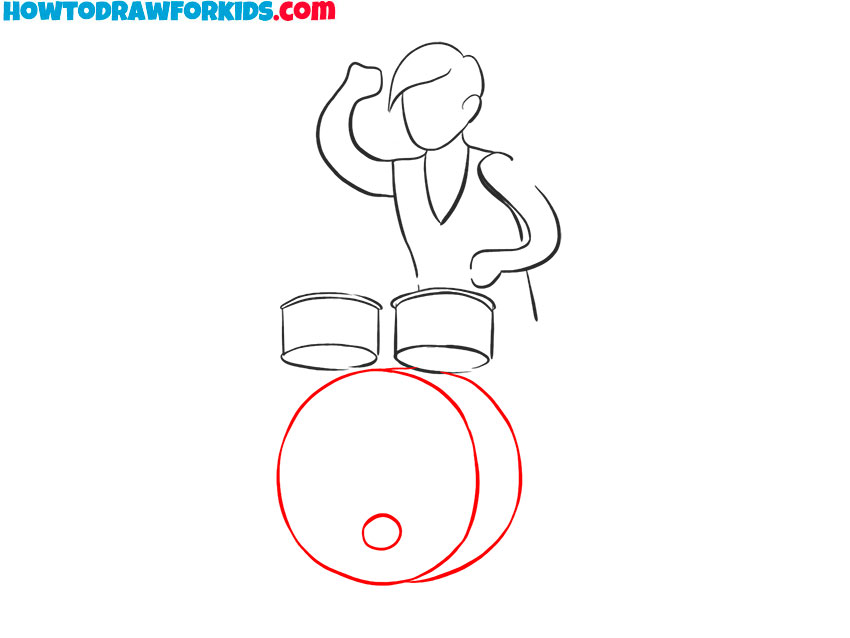
- Add cymbals and music stand.
Draw two cymbals on a long tripod and add the music stand on the right side of the musician.
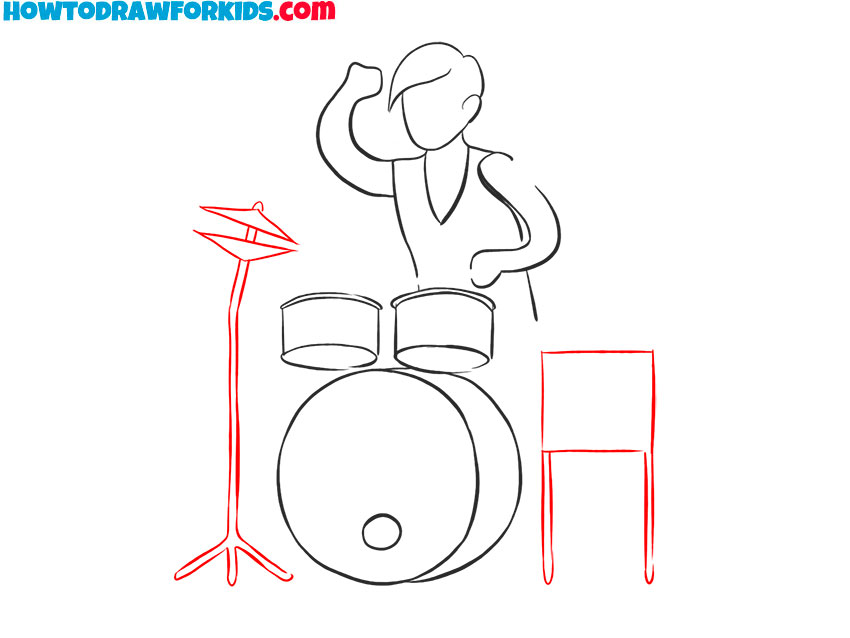
- Depict another musical cymbal.
Sketch out this with an oval and straight lines to the right of the drummer.
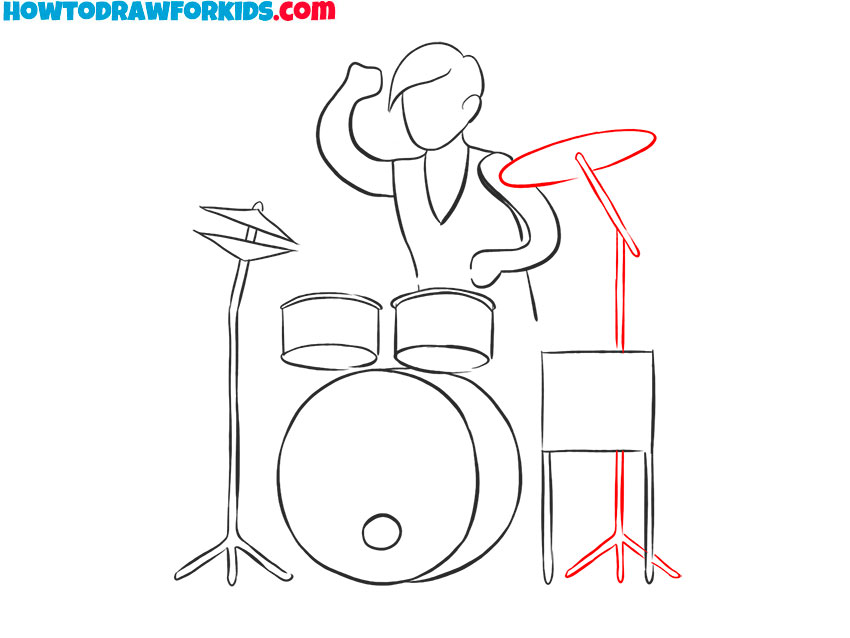
- Add details.
Draw the features of the face and legs. Add the drumsticks in the musician’s hands.
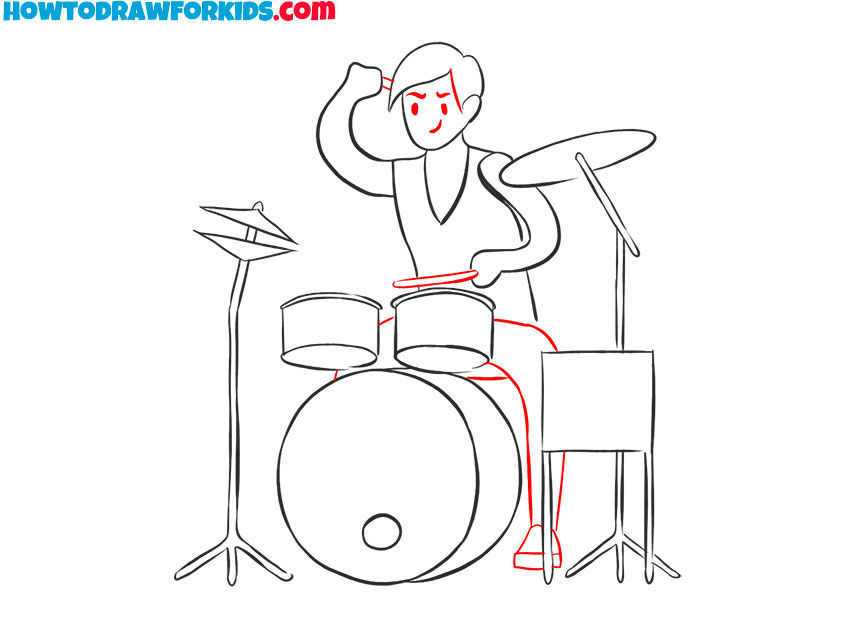
- Color the drawing.
Use shades of brown, orange, blue, pink, lilac and black.

Don’t forget to follow us on social media. Traditionally, I have prepared a short PDF version of this tutorial for your convenience.

